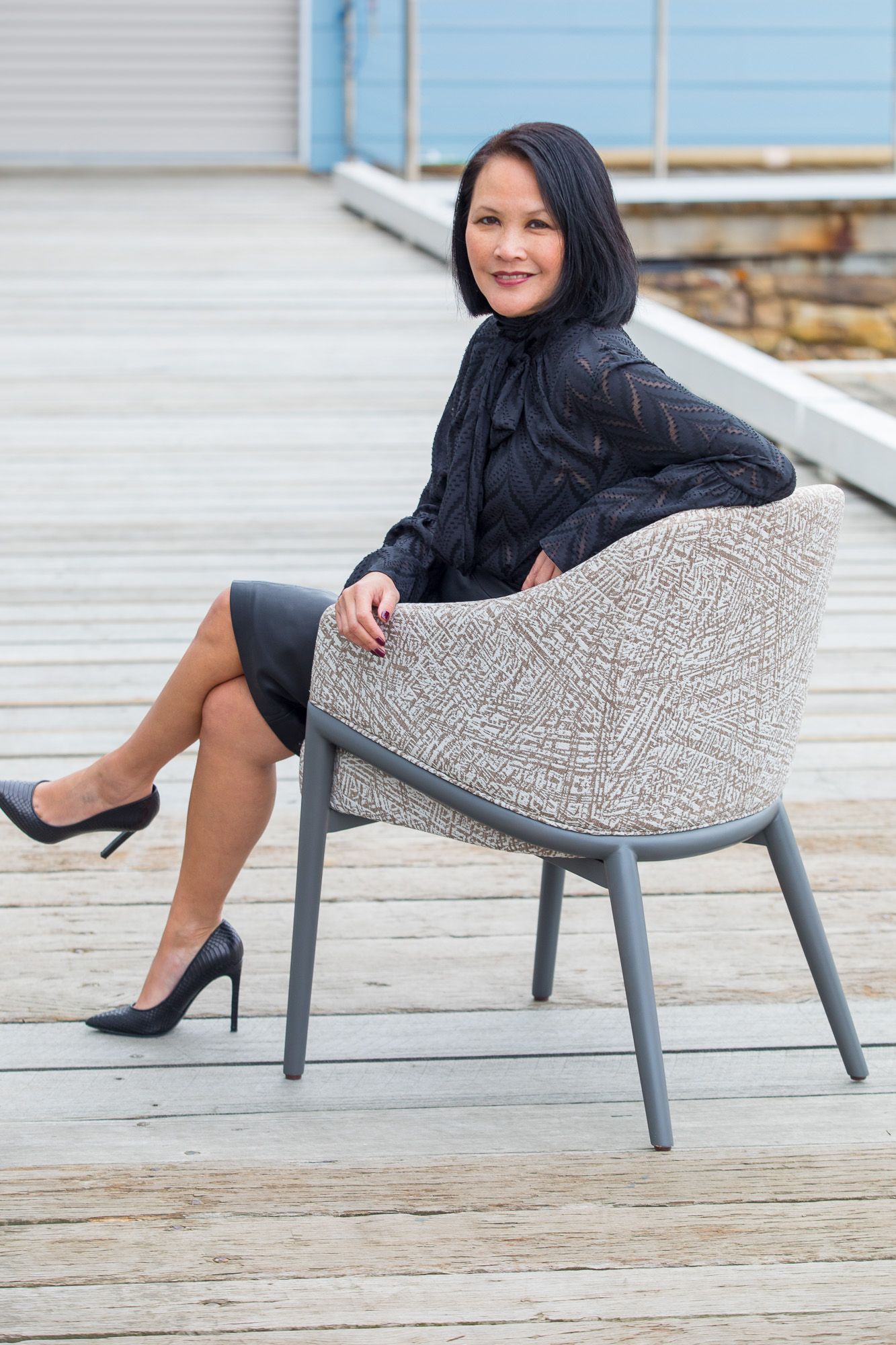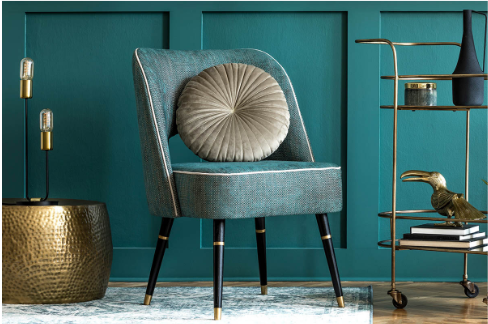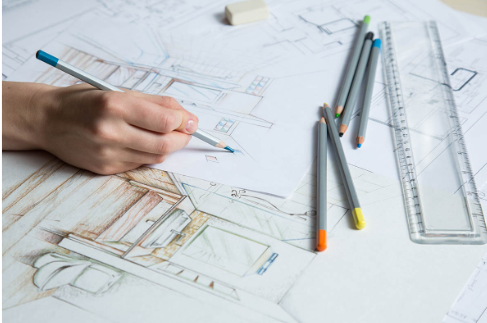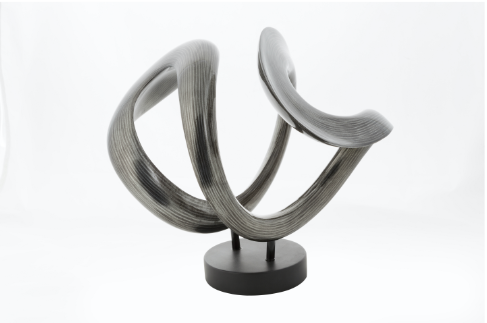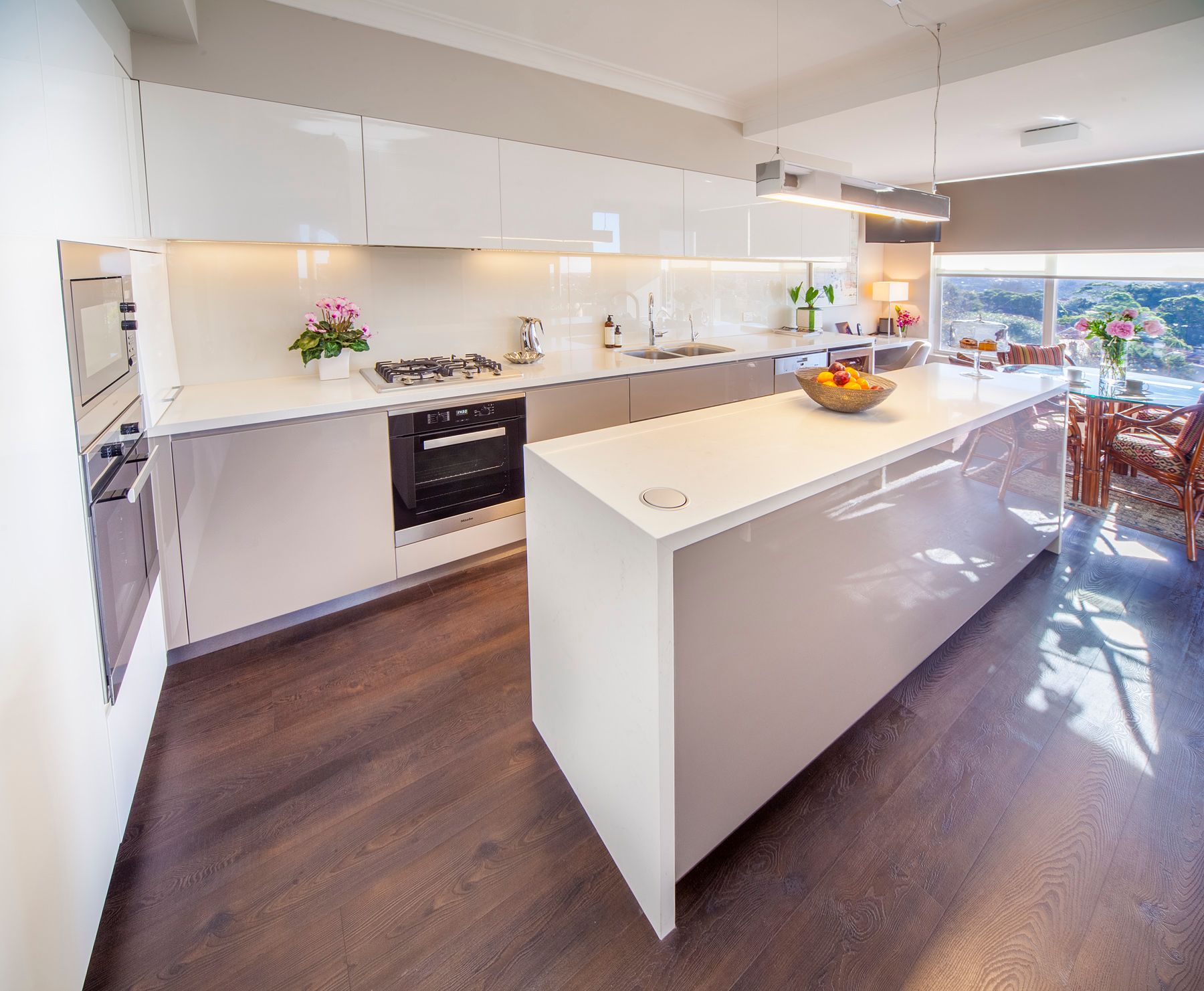“Tailor your home for your older years you so you can live independently not to mention stylishly” Natasha Perera
As you move through life‘s various stages, the way you design and decorate your home will naturally change to suit your lifestyle, every day habits and health and well-being needs. One of the biggest priorities for many of us as we age is having an interior that allows us to continue living independently, which might involve downsizing to a smaller, more manageable home. Interior designer Julie Ockerby, the creative director of Meli Studio, said there were several things to keep in mind when tailoring a home for your older years, but none of them had to be at the expense of style or comfort. “And none of them need to be overly obvious,” she said.
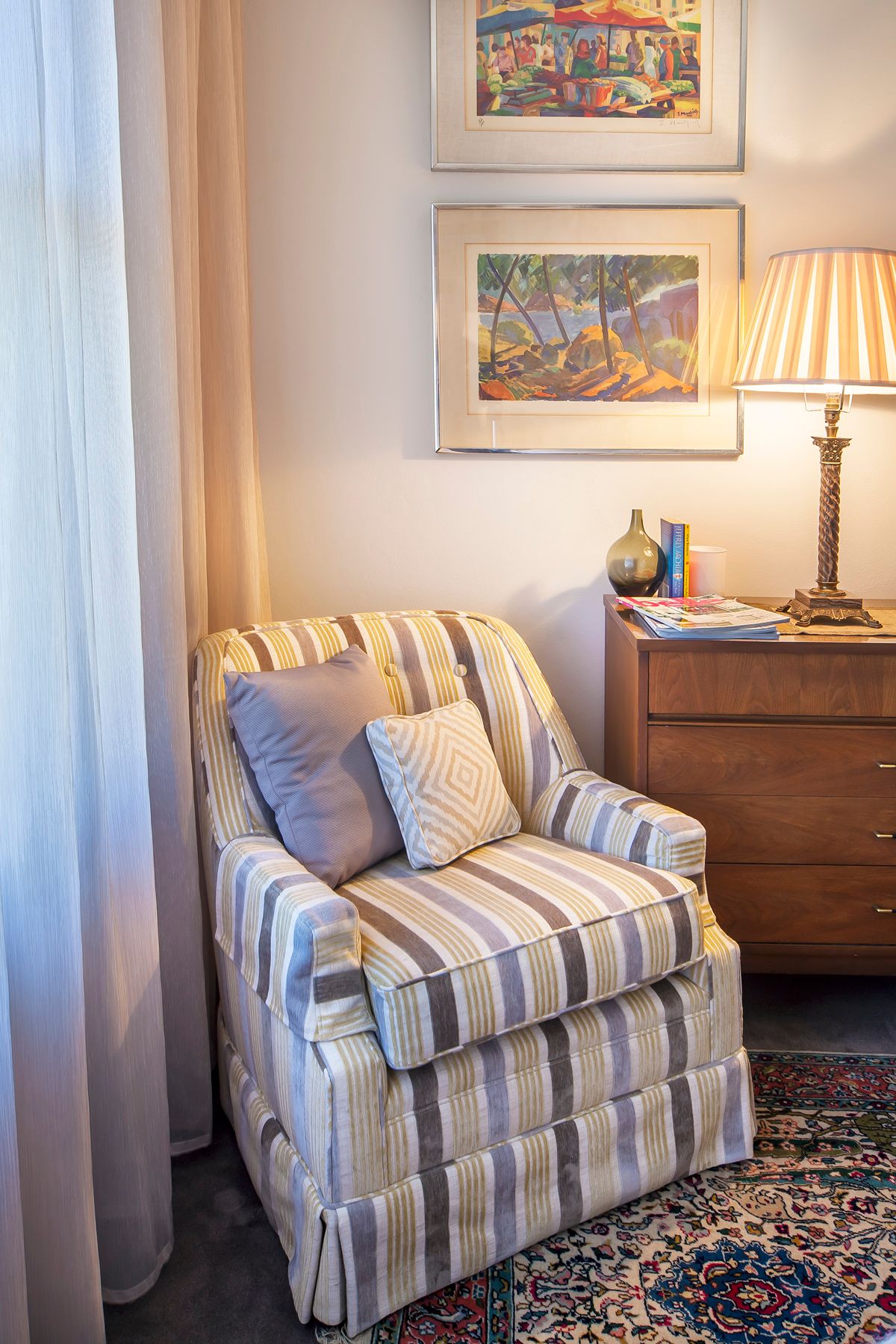
Starting Point
Decluttering was the first step towards creating more open and usable spaces, is Ms Ockerby said. “Often we’re talking about people with 55 plus years of history and accumulated things and the hardest part is knowing what to get rid of,” she said. “Look to keep items that really mean something to you and make you reminisce – these are what should be part of your home’s story, moving forward.”
Keeping some pieces you had a connection with could also help you stay connected to others, Miss Ockerby said. “When you suddenly walk into a home where you’ve downsized, and it’s totally decked out in things that have no history to you, I actually feel like it can add a sense of loneliness,” she said. “You’ll feel more at home if you have some family photos up and pieces of memorabilia. The room’s style will naturally flow from these and feel right because it’s not a forced look.”
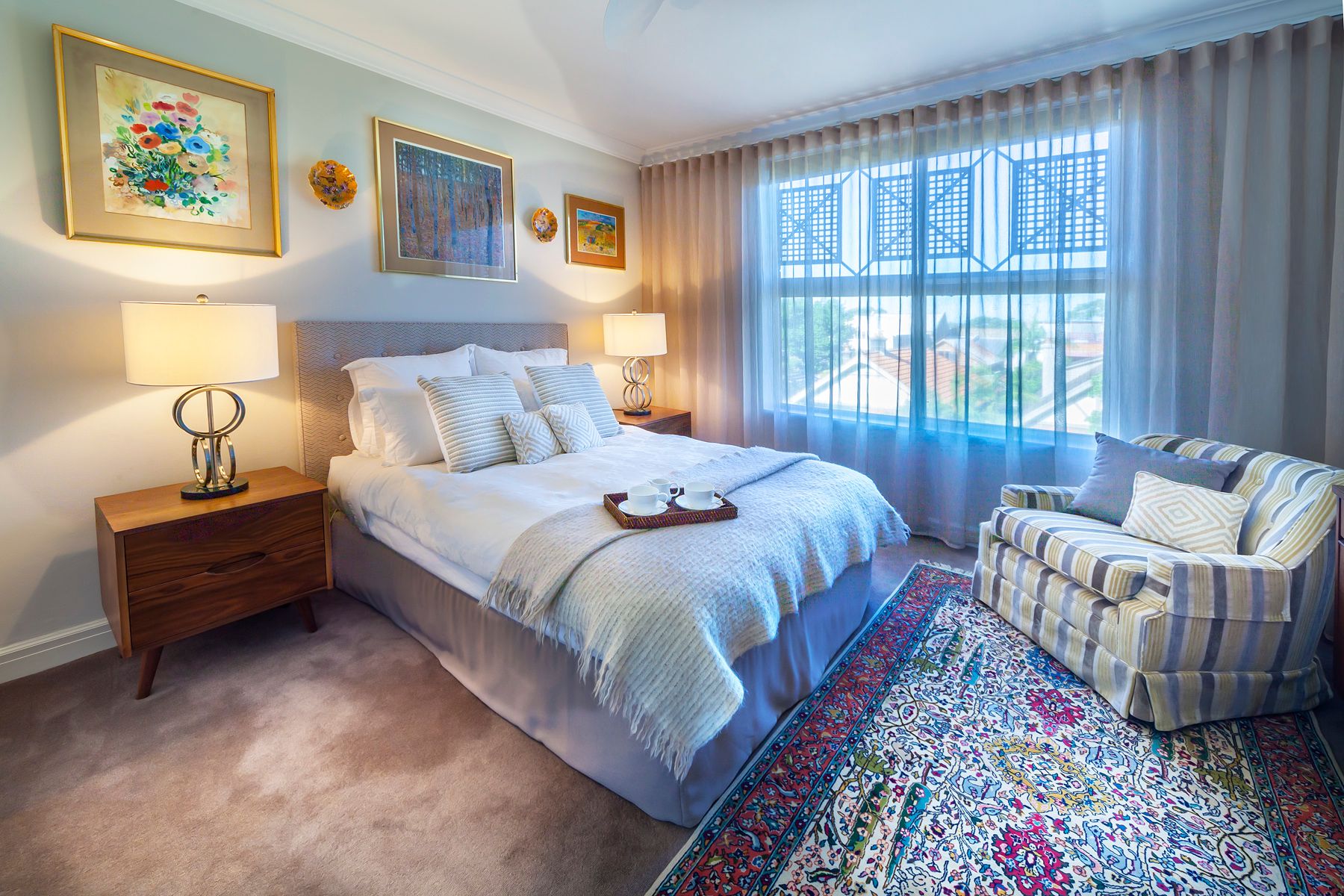
Room To Move
When you’re older, creating clear pathways between furniture should be a priority. “Visibility and mobility may become an issue. You want to be able to move through spaces with ease and feel safe as you do so,” Miss Ockerby said. Creating pathways didn’t mean pushing everything out of the way, though. “Having all the chairs and sofas lined up against walls will make you feel like you’re sitting at a bus stop,” she said. Instead, she recommended seats faced each other to encourage conversation. “Also, think about having some furniture items strategically placed that can act as an aid when you need to lean on them for a break or some support.” She recommended power points be sit slightly higher off the ground (at least 50 cm) to limit the amount of bending required. A pop-up power-point unit concealed in the kitchen bench was also a clever solution.
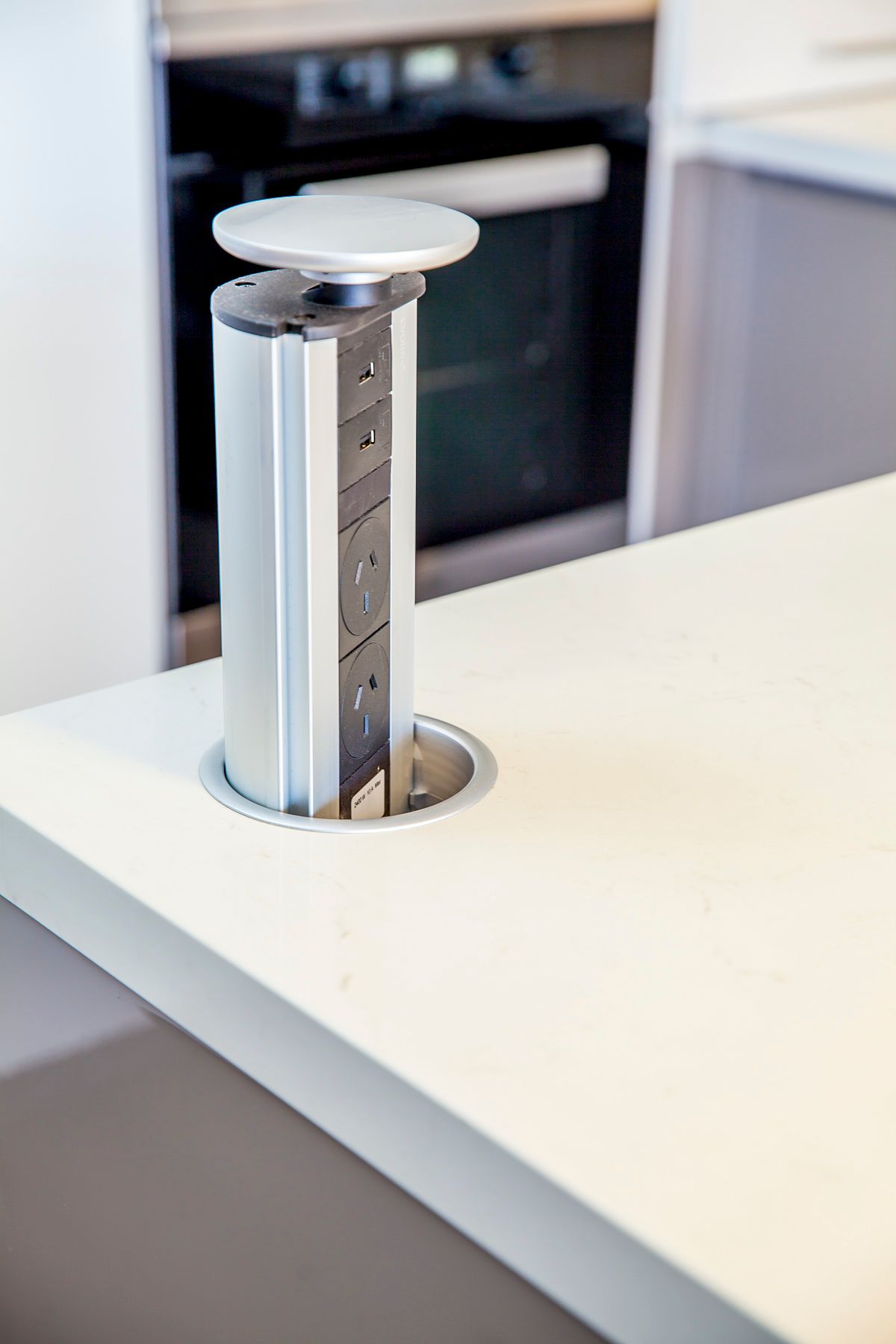
Soft Touch
When deciding on upholstery fabrics, opt for brighter colours and patterns to help with visibility. Trims such as piping could be used to defined a chair within a space if your eyesight wasn’t terribly strong. “These are simple and subtle ways of making a piece of furniture stand out but still look smart,” Ms Ockerby said. Softer textures got her thumbs up, especially for those who spent long periods sitting or napping in a chair.
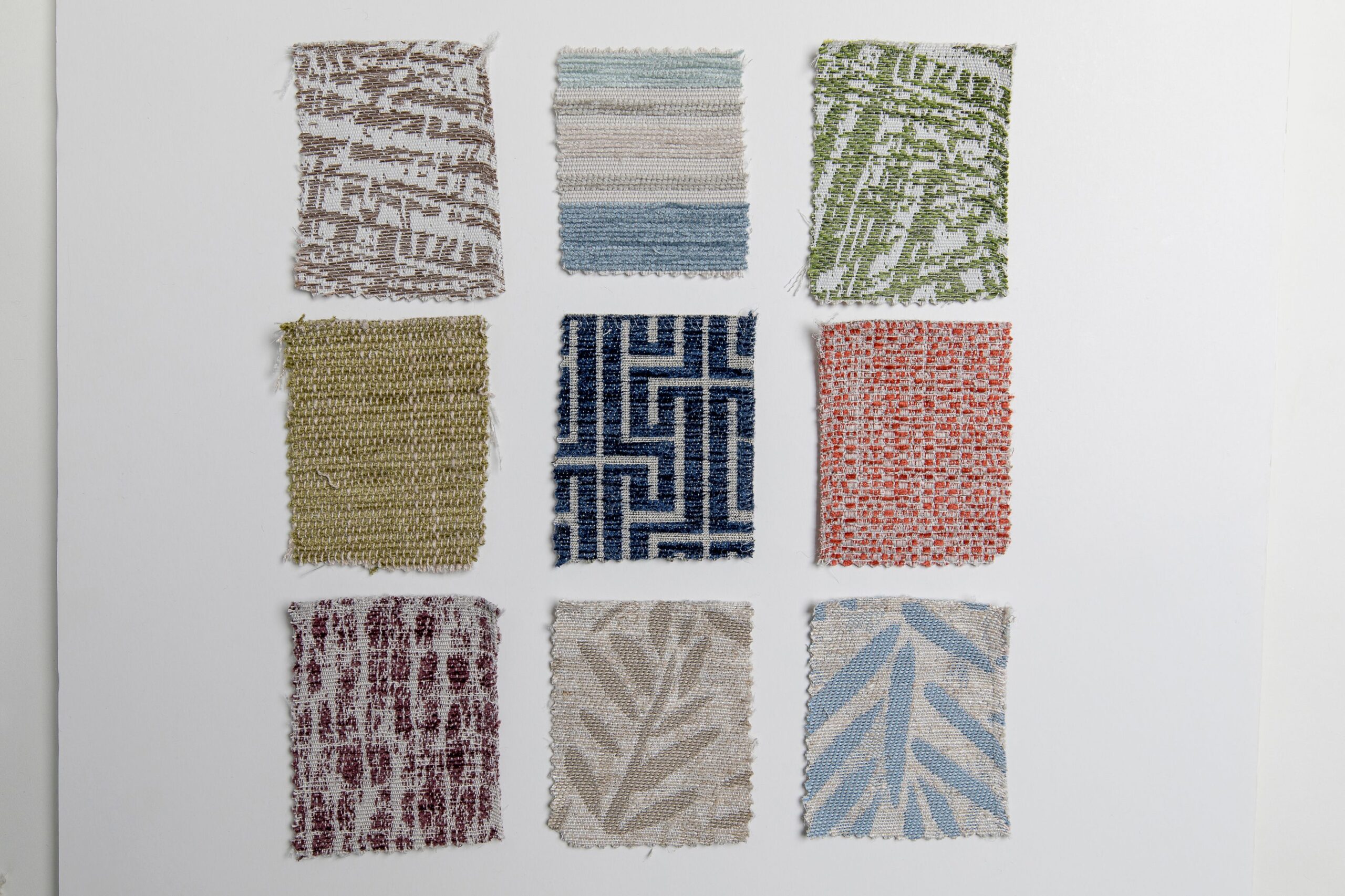
Ms Ockerby has produced a range of stylish hardware in fabrics called ‘The Bespoke Collection’, which has been thoughtfully designed with seniors’ lifestyles in mind. “The fabrics have a waterproof backing on them which you can choose to have or not, and a higher rub-rate so they don’t wear as easily” she said. When it came to colour choices, she said there was a perception that as you got older, everything had to be neutral and safe. “That’s fine if you like neutrals, but there are some lovely colours out there that will also lift spirits,”she said.
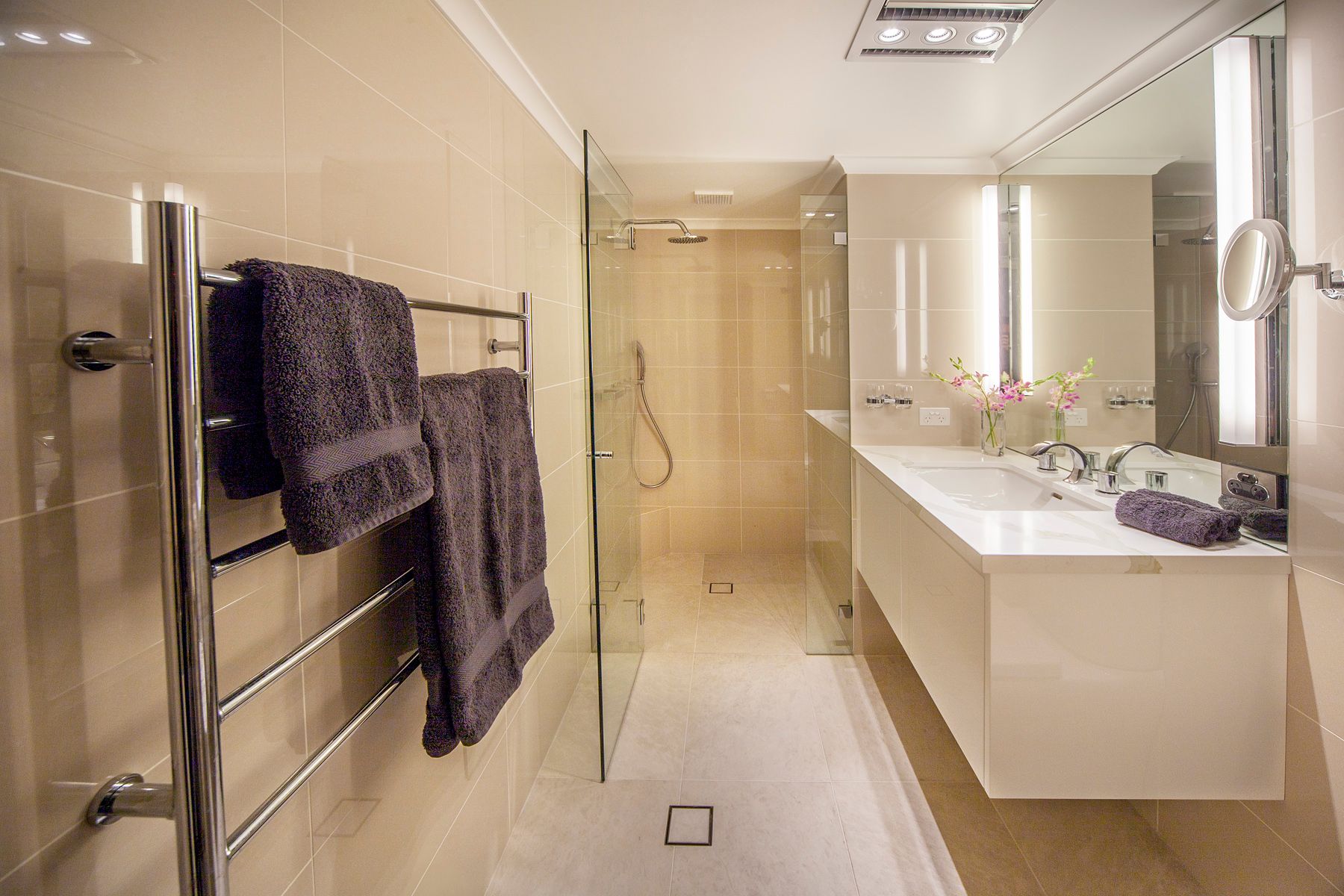
Decorating Tips For Seniors
- Avoid the dining table against a wall – It’s not conductive to eating and entertaining comfortably and you won’t have to push the table into place when guests come around.
- Use LED strip lighting above a splashback or under a bathroom vanity to provide a soft light that can be left on at night to navigate spaces safely.
- Pay attention to cupboard and desk heights to limit bending and stretching in the kitchen, opt for slide-out pantries and drawers instead of cupboards.
- Fit wall-mounted lights near the bed to better direct light for reading.
- Have side tables and coffee tables within easy reach of seating so you don’t have to get up and walk over to them or stretch to put a cup down.
- Future-proof as much as possible. An oversized walk-in shower is nice to have now but could also accommodate safety aids such as a shower seat later.
